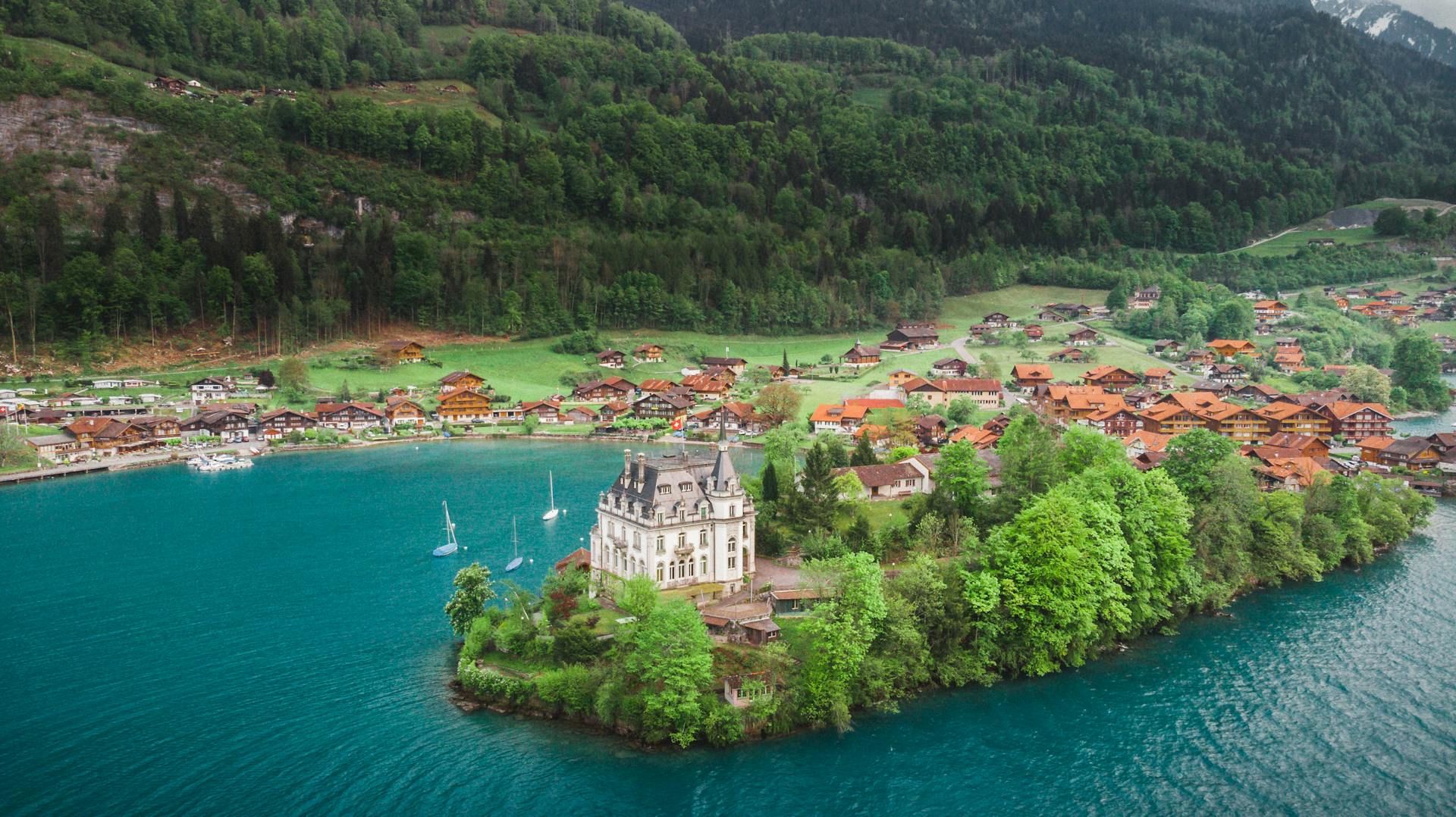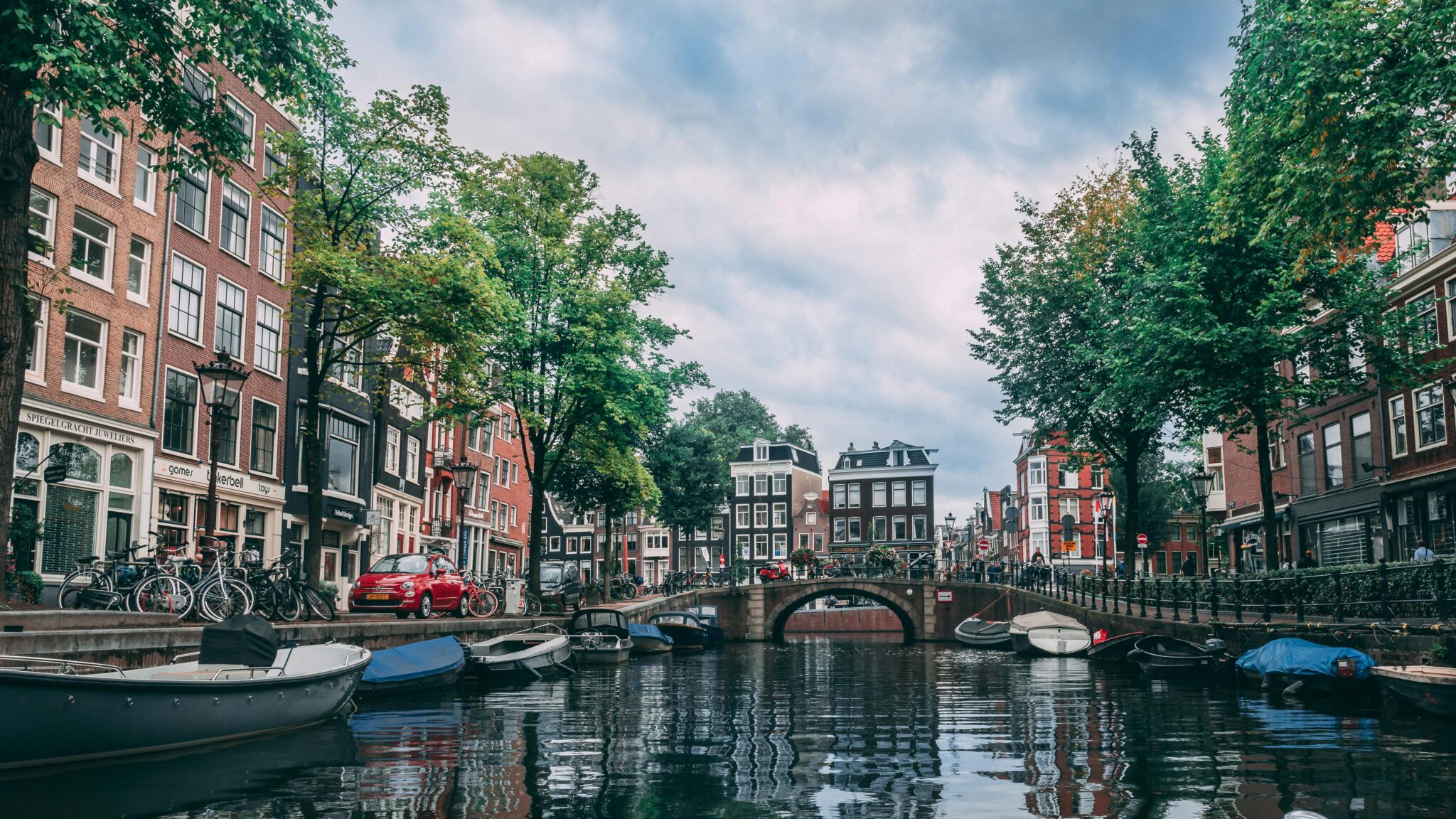When The World’s Favorite Destinations Say “Enough!”: How Barcelona, Amsterdam, Switzerland and Venice Are Fighting Overtourism

The bustling streets of Barcelona have witnessed a new kind of visitor recently: protesters. This past weekend, more than 3,000 people, representing over 150 organizations and social movements, took to the streets to decry the overwhelming number of tourists flocking to their city. With chants of “tourists, go home” and symbolic acts of sealing off hotels and restaurant terraces, the message was clear – Barcelona has had enough.
Barcelona: A City at Its Breaking Point
Barcelona, Spain’s most visited city, attracts an astonishing 32 million visitors annually, many arriving on cruise ships. This influx has not only driven up living costs and property prices but has also sparked social inequality and housing access issues. Martí Cusó, spokesperson for the Association of Neighbours of the Gothic Quarter, encapsulated the sentiment: “We want the city’s economic model to prioritize other much fairer economies. And for that, we consider that we have to decrease tourism.”
The city council has responded by raising the tourist tax to €4 per person and announcing plans to eliminate 10,000 tourist flat licenses over the next five years. Yet, the anger on the streets suggests these measures may be too little, too late. As one protester bluntly stated, “Restaurants and hotels are making huge profits, but people are struggling to make ends meet. That’s a problem.”
Switzerland: Balancing Tourism with Local Life

Switzerland, too, faces its share of tourism-induced challenges. While the country generally avoids the massive crowds seen in Barcelona, there are notable exceptions. The picturesque village of Iseltwald, for example, saw a surge in visitors after being featured in a popular South Korean Netflix series. To manage the influx, the village imposed a fee on tourists wanting to visit the famous pontoon where a romantic scene was filmed.
Martin Nydegger, head of Switzerland Tourism, emphasized the need for proactive measures: “We want to direct holidaymakers to the right places, at the right time.” By promoting off-season travel and less-visited destinations, Switzerland aims to prevent localized bottlenecks and maintain a positive relationship between tourists and locals.
Amsterdam: A Radical Approach to Environmental and Social Well-being

Amsterdam has taken a bold step in addressing overtourism by announcing a ban on cruise ships by 2035. This move is designed to reduce congestion in the city center and mitigate environmental impacts. As cruise ships significantly contribute to both air and water pollution, this ban aligns with Amsterdam’s broader strategy to enhance residents’ quality of life and promote sustainable tourism.
Venice: The Pioneer of Tourist Management

Venice, another hotspot, has long grappled with overtourism. The city’s narrow streets and delicate infrastructure are particularly vulnerable to the pressures of mass tourism. Venice has implemented measures such as introducing entry fees and controlling access to popular sites. These steps aim to regulate the number of visitors and ensure that the revenue generated is used effectively to preserve the city’s cultural and architectural heritage.
The Boon Turned Bane: Understanding Over tourism
Coined in 2001 by Freya Petersen to describe the consequences of excessive tourism in Pompei, the term “over tourism” has since evolved into a global concern. At its core, overtourism emerges when tourist numbers surpass the capacity of local communities, straining resources and disrupting the social fabric. This phenomenon not only threatens the authenticity of beloved destinations but also challenges the livelihoods and well-being of residents.
As cities and regions worldwide navigate this complex issue, the call for sustainable tourism practices grows louder. Balancing economic benefits with environmental and social responsibility is key to preserving the allure of these destinations while safeguarding their cultural integrity. By embracing thoughtful planning and community engagement, stakeholders can chart a path toward a more sustainable and inclusive tourism future.


Comments are closed.